Agile Approaches Offer Strategic Advantage; Agile Tools are Tactics, Part 2
Johanna Rothman
AUGUST 19, 2021
Example 1: Startup/Small Organization with Few Products. They offer their product in two versions: Pro and Lite. The first was not waiting for the end of an iteration to demo or release. They demo'd every week on Wednesday mornings and then they released after the demo. Let's start with a couple of examples. Others mob.

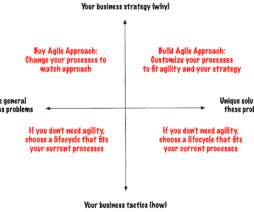


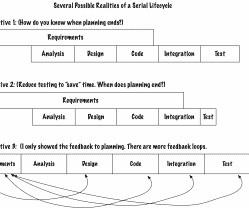

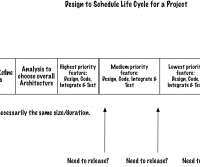
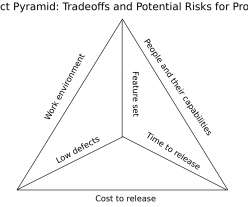



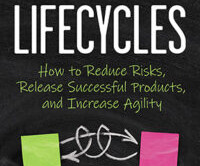
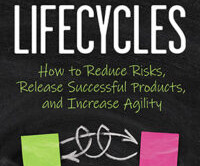
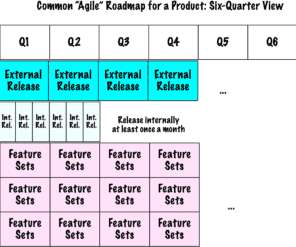



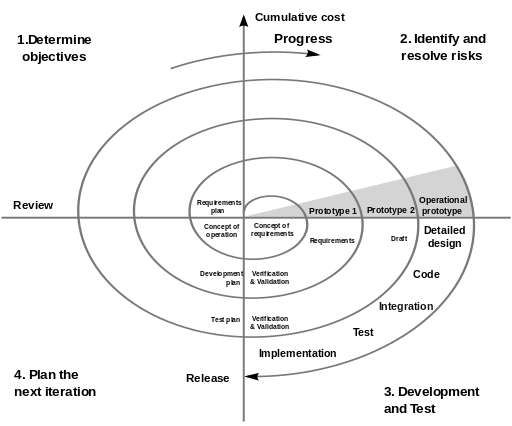


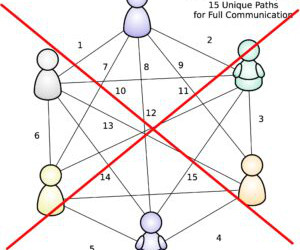
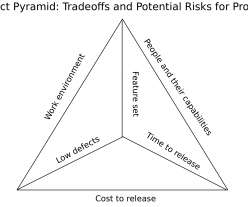
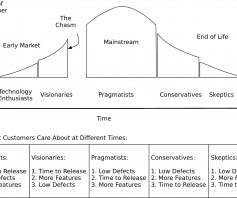






Let's personalize your content